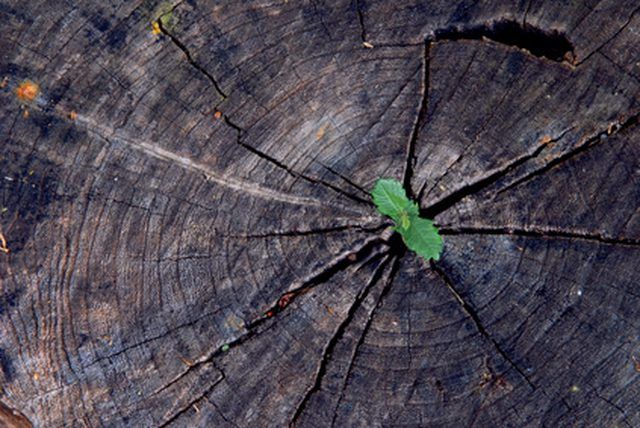Bulbs
Flower Basics
Flower Beds & Specialty Gardens
Flower Garden
Garden Furniture
Garden Gnomes
Garden Seeds
Garden Sheds
Garden Statues
Garden Tools & Supplies
Gardening Basics
Green & Organic
Groundcovers & Vines
Growing Annuals
Growing Basil
Growing Beans
Growing Berries
Growing Blueberries
Growing Cactus
Growing Corn
Growing Cotton
Growing Edibles
Growing Flowers
Growing Garlic
Growing Grapes
Growing Grass
Growing Herbs
Growing Jasmine
Growing Mint
Growing Mushrooms
Orchids
Growing Peanuts
Growing Perennials
Growing Plants
Growing Rosemary
Growing Roses
Growing Strawberries
Growing Sunflowers
Growing Thyme
Growing Tomatoes
Growing Tulips
Growing Vegetables
Herb Basics
Herb Garden
Indoor Growing
Landscaping Basics
Landscaping Patios
Landscaping Plants
Landscaping Shrubs
Landscaping Trees
Landscaping Walks & Pathways
Lawn Basics
Lawn Maintenance
Lawn Mowers
Lawn Ornaments
Lawn Planting
Lawn Tools
Outdoor Growing
Overall Landscape Planning
Pests, Weeds & Problems
Plant Basics
Rock Garden
Rose Garden
Shrubs
Soil
Specialty Gardens
Trees
Vegetable Garden
Yard Maintenance
How to Identify Trees by Bark
How to Identify Trees by Bark. While identifying trees by their bark, the outer layer that protects the tree, is not an exact science, it can be a fun way to put your interest in and passion for nature into practice. Some types of trees have very distinctive barks, while others can be a little more challenging to identify. You can start with the...

While identifying trees by their bark, the outer layer that protects the tree, is not an exact science, it can be a fun way to put your interest in and passion for nature into practice. Some types of trees have very distinctive barks, while others can be a little more challenging to identify. You can start with the trees in your backyard and then move on to local nature preserves or tree-lined boulevards.
Feel the bark with your fingertips. If the bark is smooth, it is likely to be a beech, red maple or cherry tree. Oaks and sugar maple trees both have rough bark. If the bark is peeling, it might be a birch or hickory tree.
Notice the color of the tree bark, as well. Beech trees have a light gray bark, and cherry trees have a red-brown bark. Black walnut trees have very dark bark, while birch trees have white or silvery bark.
Look for distinguishing characteristics. The honeylocust tree, for instance, is the only tree in North America with large thorns on the bark that look like spines and can grow as long as three inches. In addition, the Hercules-club tree grows cone-like spines on its bark. Sugar maples often have white lichen on their bark, and the black walnut tree has unusual dark and furrowed bark. Finally, the ridges on a green ash tree's bark will create diamond shapes.
Use your nose! Some tree barks actually have distinguishing scents. Pine trees will often smell like turpentine, yellow birch smells like wintergreen, and sassafras trees give off a scent of cinnamon and spice.
Bring a field guide along as you examine trees so that you can compare examples in the book to the tree bark you are viewing. Make your best guess before you open the book to look for the answer.